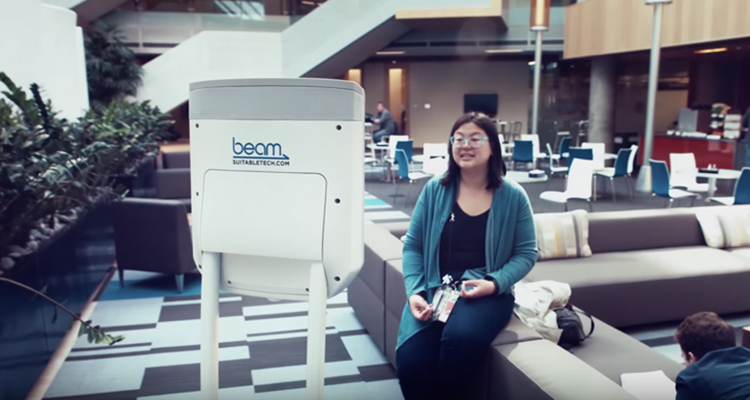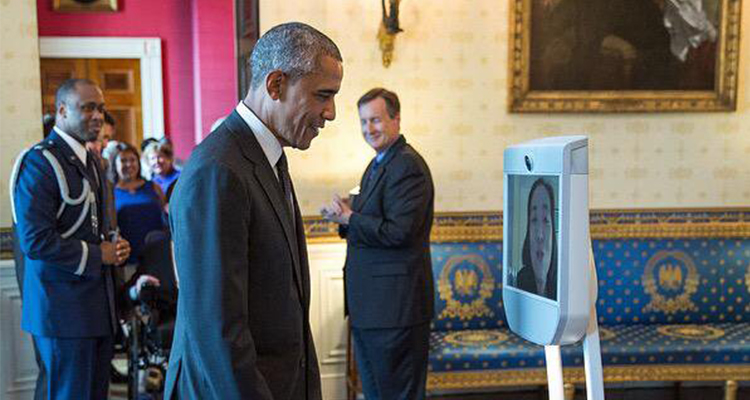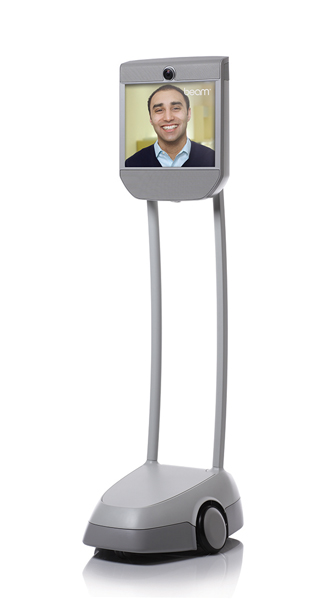With the American Society on Aging’s (ASA) annual conference on Aging in America (AiA18) going full-force last week in San Francisco, the myriad ways technology helps people age in place were once again top of mind.
From the new age of caregiving to the “silver tsunami,” wherein people aged 65+ will comprise one-fifth of the U.S. population by 2050, there was no lack of compelling trends to discuss at this year’s gathering. Experts dove into hot topics surrounding at-home aging, ranging from medical care to connecting far-flung families and providing companionship to help older, housebound people fight the “epidemic of loneliness.”
Once again, innovation was at the forefront of the discussion - confirming that just as technology helps to address the process of aging, it also is doing something else: prolonging our health and well being into the triple digits.
Extending Careers, Expanding the Labor Market
The phenomenon of aging brings along with it a host of challenges – and opportunities. As the labor market is forever being transformed by remote work, the statistics reveal that experienced professionals entering the later stages of life are some of the most eager adapters. According to a recent study by GlobalWorkplaceAnalytics.com, the average age of remote workers skews older (46), and they tend to be more educated (at least a bachelor’s degree) and often earn higher median salaries as compared to in-office employees.
This shift, as Further’s founding editor Brian Clark notes, is “basically eliminating the original ageist motivation for the concept of retirement -- moving out the old to make room for the young.” He goes on to cite the source of this positive spin on workplace evolution delivered in a recent report by the management consulting firm Bain & Co. entitled, “Labor 2030: The Collision of Demographics, Automation and Inequality”:
“The main reason for the good news, according to the Bain experts, is that the abundance of labor seen since the 1970s — due to Boomers and women entering the workforce — is winding down. Bain foresees labor-force growth in the U.S. slowing to 0.4 percent a year in the 2020s. With workers in shorter supply, the Bain analysts say, employers will be eager to hang on to the ones they have and entice applicants, including older ones, to join them.”
Furthermore, the report shows that for older, wiser and more seasoned professionals, automation will actually create more opportunities for jobs that require experienced people to take the helm.
Axing Ageism
Telepresence technology and remote work opens up the opportunity for older people to put off – or perhaps even skip – retirement to continue to be a vital part of the workforce.
This isn’t necessarily a luxury, either. As AARP Foundation President Lisa Marsh Ryerson noted in her AiA18 address, “Ending Senior Poverty: Why We Can’t Wait,” in the U.S. there are 13.2 million working, older adults on the brink of poverty. She urges us to “treat senior poverty as a societal illness, rooted in discrimination and spread by indifference.”
The cure is, in part, making work more available and accessible to older individuals.
Andrew Schwedel, a partner in Bain & Co.’s New York office and head of the firm’s Macro Trends Group, which published the Labor 2030 study, predicts that although ageism in the workplace won’t fully go away, it will transform. “You may not see employers offering older workers traditional employment. We’ll be seeing the rise of more part-timers and independent contractors.”
This is a boon to Americans ages 60+, especially since only about the top 20 percent of older households likely have enough savings for a more traditional retirement, according to Bain. The Schwartz Center for Economic Policy Analysis’ ReLab has an even more dire, recent prediction, saying that 40 percent of older workers and their spouses will be “downwardly mobile” in retirement.
In terms of helping mitigate the disastrous outlook for older Americans and also take advantage of the opportunities afforded by today’s virtual workforce, telepresence technology helps pave the way. The golden years might not be what they once were, but there’s still plenty of promise left -- and a bright future for senior employment.



























